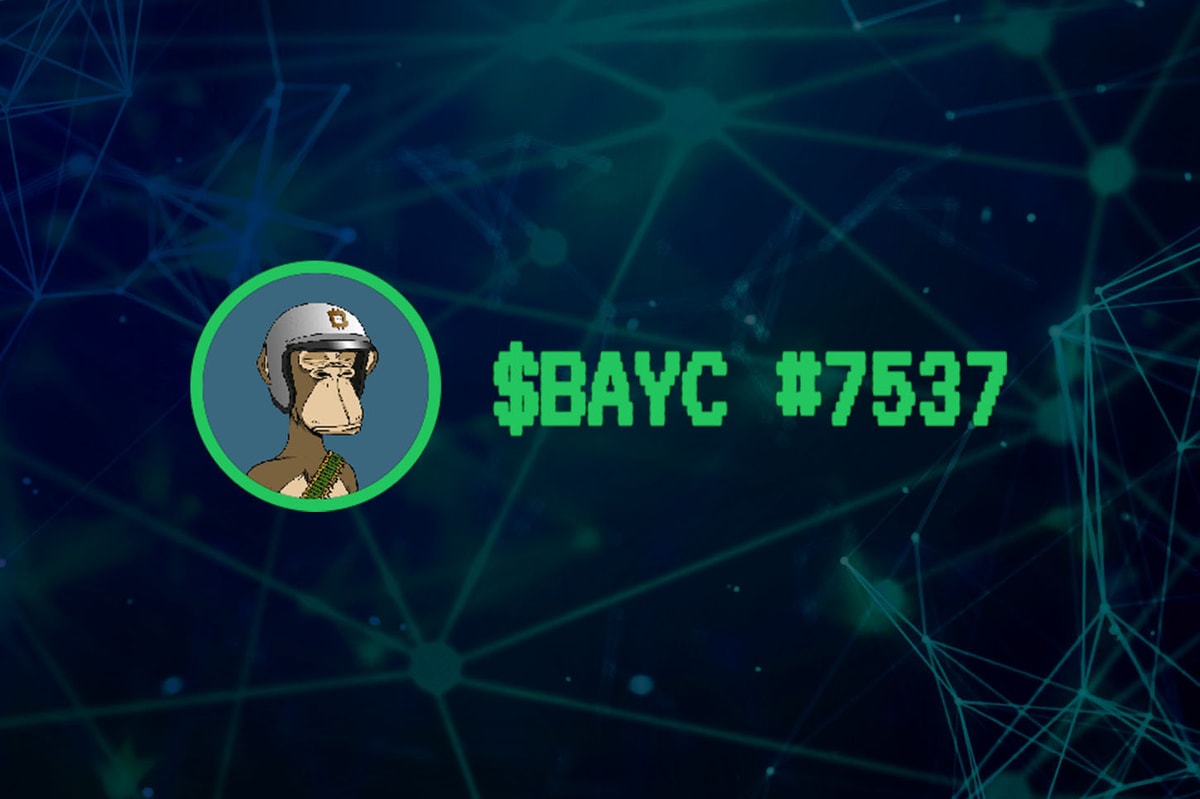The Wright brothers’ 12-second flight on December 17, 1903, proved that human flight was possible. But, while reflecting on their great invention, Orville Wright would say, “No flying machine will ever fly from New York to Paris…[because] no known motor can run at the requisite speed for four days without stopping and you can’t be sure of finding the proper winds for soaring.”
This was quite pessimistic, but he was right. The airplane needed to undergo radical change.
Changes to the aerodynamics, engine and materials saw the first transatlantic flight completed 16 years later. However, it took sixteen hours. More modifications have led us to the journey now being made in half the time. Flights are readily available, relatively affordable and can reach every corner of the world.
Many expect Web3 to usher in a new era, just like other great inventions before it. However, Web3 finds itself in the same position as the first flight in 1903. The sky’s the limit, but there are factors keeping it too close to the ground. As some would put it, there is “5G imagination but only GSM infrastructure” in Web3 and DeFi.
So, for Web3 to realize its full potential, it must change. It needs to grow and evolve away from bad user experience, challenging development experience and limited infrastructure.
Bad user experience (UX)
Web3 must offer a perfect blend of advanced technology and a good user experience to succeed. And, while it has advanced technology, it encounters a stumbling block when providing a widely acceptable user experience. And no, this is not about how good or bad the visuals of Web3 projects are. Rather, it’s about how these projects work and how easy onboarding is for consumers.
Think about the language surrounding Web3 projects for instance. It is full of blockchain jargon. Terms like smart contract, RPC, Chain ID, Signed Transaction, etc., dominate the user end of Web3 projects.
A blockchain enthusiast may not have any problem with this vocabulary, but the same can’t be said for most consumers. This makes getting into Web3 pretty hard for those who can’t navigate technical linguistics.
Many Web 3.0 features require the consumer to have engineering skills to utilize them fully. Anyone who wants to harness the full power of the tech must know a programming language like Rust, Solidity, Javascript, Python, etc.
Furthermore, reading and understanding smart contracts is hard, especially for those who can’t code. This alienates the majority of the public from Web3 and dramatically increases risk. You wouldn’t sign a contract written in a language you don’t understand, would you? Yet, that is the expectation of developers on most Web3 platforms.
Bad development experience
Out of 27 million developers, there are only 18,000 active in Web3, according to a report by Electric Capital. This number is worrisome for a technology often touted as the future of the internet. But why is this the case?
Well, few developers are willing to switch from Web2 to Web3 because developing for Web3 is full of inconveniences and challenges. For example, Web3 projects are especially vulnerable to security breaches. This forces developers to devote nearly 90% of their efforts to ensuring code is invulnerable to exploitation. Thus, little time is spent on adding new features and optimizing their applications.
There are also varying development environments in Web3. Each environment has its own set of rules, languages and consensus mechanisms. This means developers have no single standard to adhere to.
On top of that, Web3 developers have to deal with a constantly shifting landscape. Distributed ledger technologies (DLTs) are continually changing their programming and guidelines. Thus, existing projects may break with the next big update, making development a lot riskier than most developers want.
Bad infrastructure experience
Web3 is all about decentralization. But centralized infrastructure providers seem to be benefitting from the growing technology. Take application programming interfaces (APIs), for instance. While they make interacting with distributed systems easier, they are also creating an increasingly centralized infrastructure in what is supposed to be a decentralized ecosystem.
Some centralized providers power numerous Web3 applications through their node infrastructure in AWS data centers. The result? The blockchain is much more centralized than it was supposed to be. This is bad for the progress of Web3 for several reasons:
- If one of the provider’s servers experiences an outage, many Web3 applications go down.
- The system is vulnerable to censorship or meddling. This is because a centralized platform places too much power in one place, which can be used to implement restrictions and bans.
Thus, if the infrastructure persists in this half-centralized manner, a shift to Web3 won’t be the change it is advertised to be.
Possible solutions
Several things can be done to move the world closer to realizing the promise of Web3. All of these involve addressing the weaknesses mentioned above. One solution involves developing tools that make it easy for the average person to interact with the blockchain.
Developers should start by ditching blockchain-specific terminology in favor of words people are more familiar with.
Web3 also needs a more robust and decentralized infrastructure than what is currently available. This will make for faster connections and more security. It will be impossible for a single point of failure to take down a significant part of the network. The system will also be inherently resistant to censorship.
The development environment also needs to change. It needs to be more development-friendly to make it easier to create dApps and attract more developers. Ask any game developer how their industry changed after the Unreal Engine was invented.
By providing developers with the support and tools they need, more time can be spent focusing on the user experience. This will ultimately lead to a more welcoming and attractive environment for users and developers alike.
Piers Ridyard is the CEO of Radix which focuses on simplifying programming in Web3.
This article was published through Cointelegraph Innovation Circle, a vetted organization of senior executives and experts in the blockchain technology industry who are building the future through the power of connections, collaboration and thought leadership. Opinions expressed do not necessarily reflect those of Cointelegraph.
Learn more about Cointelegraph Innovation Circle and see if you qualify to join











